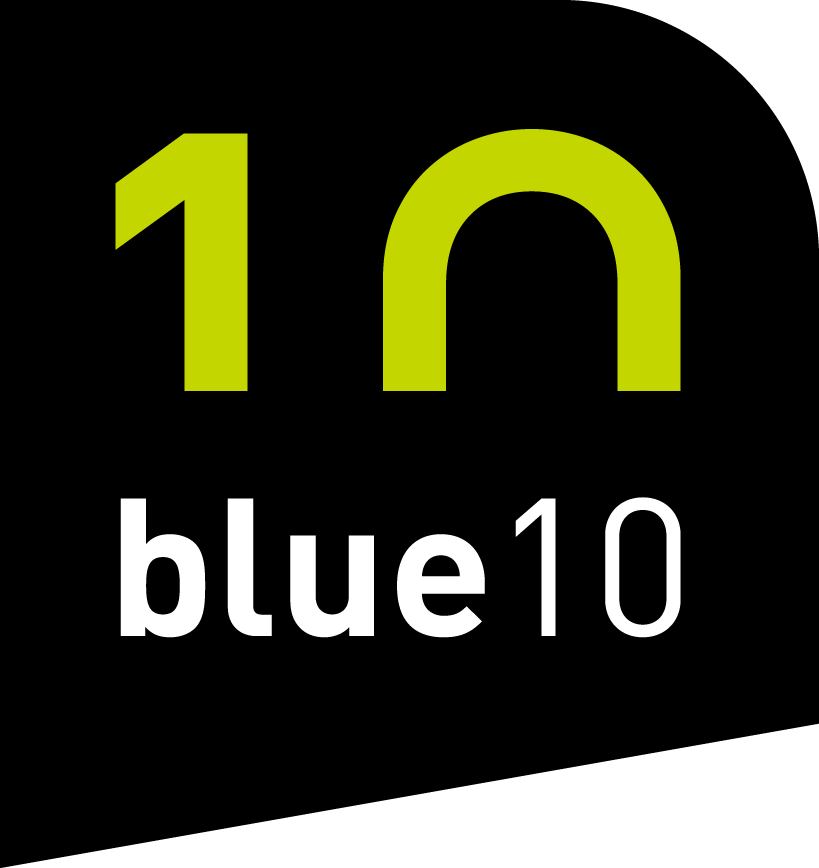By digitally processing invoices, you have taken the first step towards a more efficient administration. The next step to further your automated administration can be made by digitally recording orders and receipts in an ERP system and then having invoices automatically matched (and booked) when the invoice, order and receipt match. In the previous blog we told you about purchase order matching and what options you have in purchase order matching.
In theory, invoice and order(s) should always match. After all, the customer and supplier make price agreements that are processed on a purchase order. When the goods are delivered, the numbers and quality of the goods are checked and (in theory) recorded by both parties. An invoice is actually nothing more than a total of Numbers (Q) and Prices (P). If everyone complied with the agreements made, there would always be a match between invoice, order and receipts. In practice, however, it appears that many customers struggle with the matching percentage between invoices and purchase orders. In this blog we therefore describe the bottlenecks and challenges that organizations face and we provide you with the tools you need in order to benefit from the advantages of purchase order matching.
Purchase order matching, Target or resource?
As described in the previous blog, purchase order matching is very simple in practice at Blue10. For a correct match, the total amount on the invoice must correspond to the total of the booked receipts on the purchase order, without looking at the details on the individual lines of both the order and the invoice. In fact, a system such as Blue10 provides the same matching as if you did this manually, but this is now done digitally and a matched invoice now automatically enters your accounting. In addition, purchase order matching provides insight into how high the matching percentage really is (and was) and can therefore only be seen as a practical tool to optimize the process and not as a goal or solution for existing problems in the (purchasing) administration. As is true for every software solution, its effectiveness depends on the correct preparation and set-up. A low matching percentage is not necessarily the result of non-functioning software, but rather the result due to bottlenecks in the administration itself. An analysis of our software shows that in many cases, five common bottlenecks cause a disappointing matching percentage. These are described below and we propose a solution with which you, too, can better benefit from purchase order matching.
1. Item prices of certain products are not current in the item master file, are never entered or are always entered manually by a buyer when creating the order.
This is one of the most common causes of a mismatch between invoice and order, which is also the easiest to solve. If prices are not up-to-date or are not recorded at all on an order, an invoice will always deviate from the order and a correct match cannot take place. Where you can see when manually matching that the price needs to be adjusted or entered, our software automatically retrieves all received lines under an order and then sees that these do not match, because no or a wrong price has been entered for one or more articles. Every manual operation for a booking is by definition one operation too many. It is therefore advisable to record everything that you know in advance. This sounds very simple, and actually it is. Too often we see that buyers know a price or receive a price change, but do not enter or adjust it on the order. If you ensure up-to-date and correct prices in advance, Blue10 can give a correct match and book the invoice automatically.
2. Additional costs, such as order, order, packaging and transport costs are always manually added to the invoice as an extra line afterwards.
Another cause that we come across a lot is that additional costs are stated on the invoice but are not recorded on the order. Again, this means that there can be no automatic match between order and invoice, because the order value is lower than the invoice value (due to these extra costs on the invoice). The argument is often used that people do not know these costs in advance or that these costs are variable. If you know that variable, additional costs are applicable, then it helps to place this component (automated) on the order with these suppliers as standard. Then only the amount is still variable. The first step is that, for example, the order costs are also recorded on the order. The second step is to determine the correct order costs. This can be done either by requesting the order costs directly from the supplier when placing the order or by making fixed agreements with the supplier about the order costs. This is not always easy, but perhaps it is better to pay somewhat higher order costs upfront, rather than having to book every invoice manually at the backend of the process. This naturally applies to every additional cost item on an order and invoice.
3. Purchase order number is not on the invoice
To match a purchase order with a purchase invoice, there must always be a purchase order number on the invoice. When organizations initially start with automatically matching invoices with purchase orders, we sometimes see that matching is not possible, because order numbers are not stated on the invoice. Without an order number on the invoice, a correct match cannot take place. Very occasionally this is because the supplier does not want or cannot state this number on his invoice. More often the cause lies with the buyer who forgets to pass on the purchase order number to the supplier. What the supplier does not know, then naturally he cannot mention it on his invoice. A handy solution for this is to have e-mails automatically created from purchase orders created with a supplier, providing a purchase order number of course. In that case the supplier has (automatically) access to the purchase order number and can therefore state this correctly on his invoice, so that an attempt at automatic matching can take place in Blue10.
4. Purchase orders are only created afterwards on the basis of the invoice
This is perhaps the most extreme variant. If an order is created on the basis of the invoice, it is of course self-evident that order and invoice correspond to each other in a manual process. Logically, a purchase invoice follows from a purchase order. In an automatic process, matching can only take place if the order already exists when the invoice arrives in Blue10. In short: no order = no matching.
5. Multiple orders on one invoice
This last common cause of a disappointing matching percentage needs a little more explanation and is also discussed in the conclusion of this blog. From the paper process, orders are usually collected onto one invoice, often under the assumption; the fewer the invoices, the less likely they are to get lost. To match multiple purchase orders with one invoice, more advanced OCR software is needed to actually recognize these different order numbers from an invoice. That should not be a problem by developing the recognition of more than one order number. However this issue is yet to be solved. As we described earlier, software can only be seen as a practical tool for optimizing the process. Purchase order matching helps you to show a difference on the collective invoice, not to resolve the difference.
In practice, it appears that multiple order numbers on one invoice ensures that the chance that an invoice does not match completely (per order number on the invoice) increases. The more orders, the greater the chance of a small error somewhere in one of the lines. We therefore believe that you must reverse this. If more orders (rules) ensure a lower chance of matching, then fewer orders (rules) should ensure a higher chance of matching. In the beginning, this may require a (small) adjustment in the current working method, which will, however, bring about many benefits for you. The adjustment lies in the fact that suppliers invoice per order or sometimes even per delivery. They are not always happy with that, because they have to create and send many more invoices. To convince suppliers to invoice per order, you can convince them that a collective invoice with many orders, where one order deviates, is in many cases not paid until the deviation is resolved. An invoice with one order that matches, on the other hand, is booked immediately and can be paid on time. For the speed of processing, it is also very practical to immediately ask the supplier whether he can send his invoice digitally or electronically from now on. This makes processing the invoice much easier for both parties; no more folding of invoices into envelops or stamps needed for the supplier and you no longer have to scan the paper invoices. A win-win situation!
Our solution
What we want to illustrate with the above practical examples and associated solutions is that a lot can be gained with purchase order matching. That does not mean that the benefit can only be realized through the use of software, this is only a tool. If an order and invoice match completely, an invoice is posted automatically and you therefore have nothing to worry about. To achieve the highest possible matching percentage, it is tempting to find the solution in the software, however, no matter how much the software is modified, if the data deviates or is not corresponding, the software cannot (automatically) create a match where non exist.
The greatest benefit for optimizing the matching percentage is therefore achieved by looking smartly at one’s own processes and by the adjustments that people make in their current working method. Automated purchase order matching is basically not a solution for the current bottlenecks, but by starting with digital processing of invoices you make these bottlenecks visible. Do not expect yourself or your organization to resolve these bottlenecks in the foreseeable future. Start by making it clear where the biggest bottlenecks are and then go to work per supplier and sometimes even per buyer to further optimize your automated process system each time an order is placed and an invoice is received.


